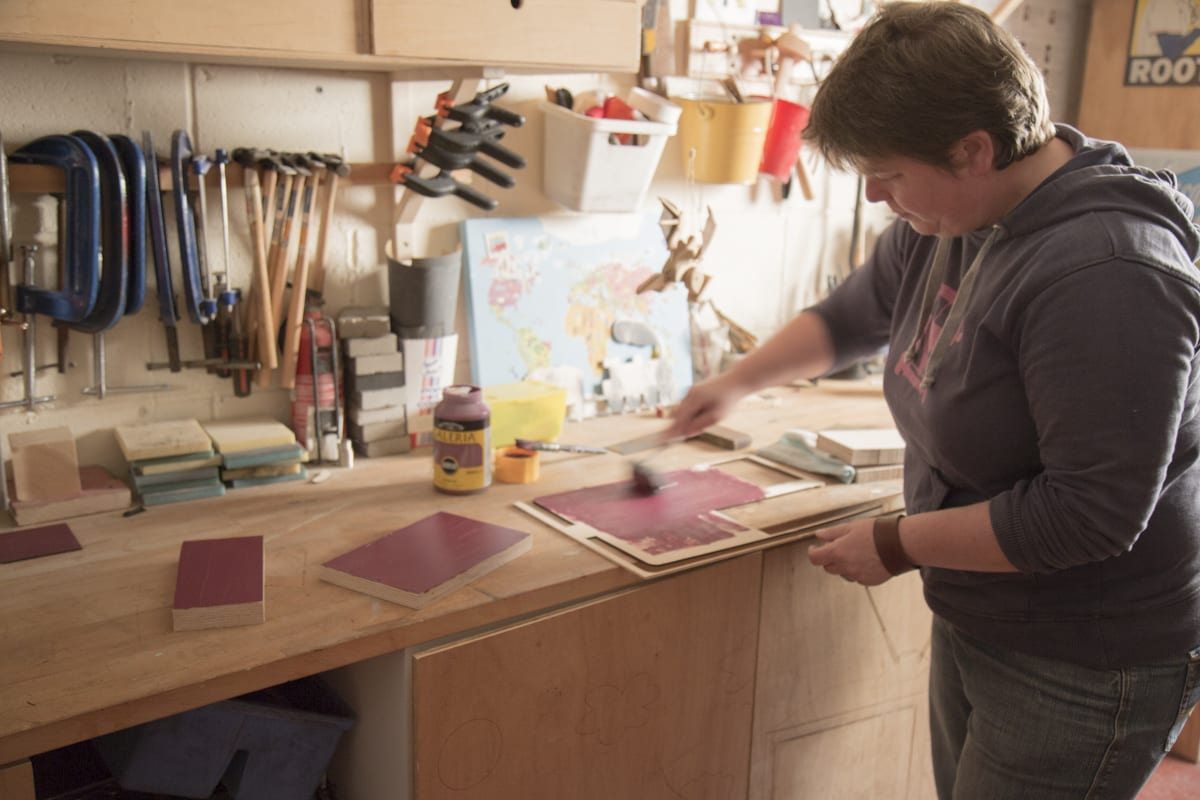Think Small is about tapping into the thinking of small businesses owners to better understand what matters to them and how they buy.
Step one of this journey involved conducting a new study in partnership with Imperial College London into ‘How small businesses really buy’.
This site shares the findings of that study – complemented with secondary research – and proposes a set of 5 principles to help guide your future marketing.
Key takeaways from the report
1. Reframe how you see small businesses
How much does the hipster artisan baker really have in common with the independent 99p shop next door?
90% of brands struggle to identify and connect with actual small business owners
91% of B2B marketers segment their market, (81%) rely on firmographics

“Being a small business you never switch off – at weekends, while you’re watching TV – you are still researching, talking to friends. You become your job, your company.”
Harry, Publisher, Games Review Site

What is the MOA model?
(2 minute listen)
We recommend:

2. Adapt to the new way small businesses buy
It’s time to understand the complex interplay of how online and offline channels weave together.
27% of small businesses claim they first took notice of a certain product or service while scanning the market.


The new small business purchase model
(2 minute listen)
“I wish that demos were more common – not every business offers a demo. It’s frustrating especially when you’re looking to spend money with them.”
Amedeo, Product Head, Online Community Hub
3. Invest in building brand familiarity and favourability
Brands are struggling to really engage small businesses. Bigger brands even more so.
75% of SMEs feel that large companies do not effectively market their product or service when targeting their community

“We look at their track record – and the long standing nature of the business, whether they’ve got an established customer base.”
Amedeo, Product Head, Online Community Hub

Implications of brand building for small businesses
(1 minute listen)
4. Embrace a new way of selling
Selling is changing. Time to keep up.

68% of respondents like a high degree of interactivity and want to engage potential suppliers across the purchase journey
“If a long-term relationship is involved then having interaction with a sales person is important – but not for smaller purchases.”
Hugo, Product Head, Software Development Firm

Interactivity vs. Independence: Where the sales team fit in
(1 minute listen)
We recommend:
5. Deliver experiences so good buyers want to talk about them
Mess up.
Be difficult to do business with.
Give the impression you don’t really care.
And watch your small business customers go elsewhere.

The power of Word of Mouth
(1 minute listen)
“The customer service that we get goes a long way. We will reuse people we have had a good experience with.”
Catherine, Product Head, Catering Firm
